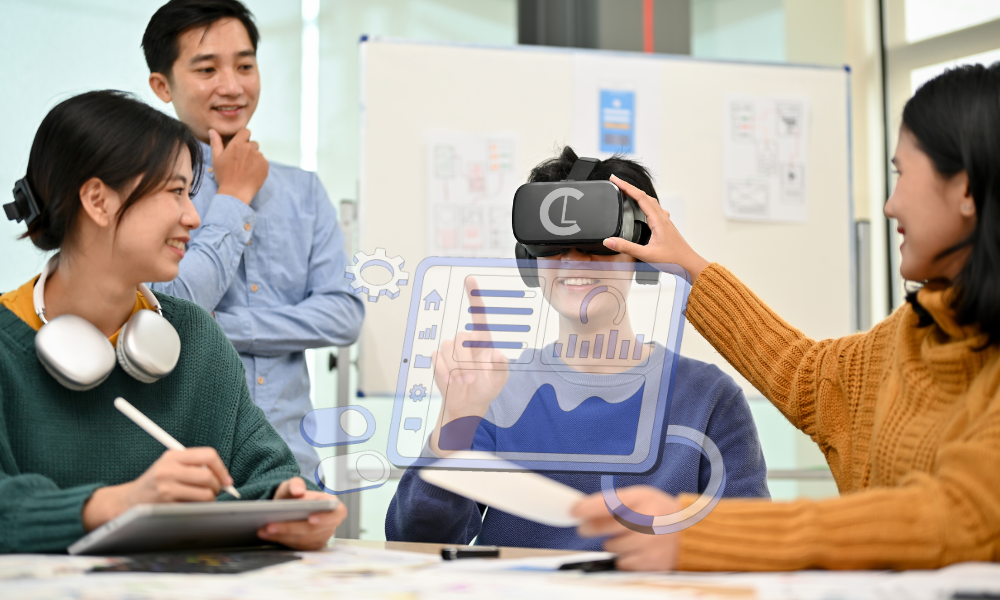The advent of Generative AI (GenAI) marks a transformative era in artificial intelligence, introducing unprecedented advancements in content creation across text, imagery, audio, and synthetic data. This innovative branch of AI, celebrated for its ability to replicate and innovate, is reshaping the digital media landscape. GenAI enhances the quality and accessibility of digital media through user-friendly interfaces, making significant strides in natural language processing, image generation, and audio synthesis. This technological leap fuels AI-driven creativity and revolutionizes industries, particularly translation and localization. It enhances accuracy and resonance in content creation, boosting global market efficiency. Furthermore, GenAI’s innovations extend to creating immersive and relevant brand experiences essential for connectivity and bridging communication gaps worldwide.
The Transformative Impact of Generative AI on Translation and Localization
Regardless, Gen AI, particularly large language models (LLMs) introduced by ChatGPT in November 2022, has brought notable enhancements to machine translation (MT) within localization, and its impact should be contextualized realistically. It’s important to acknowledge that even though GenAI can enhance the speed and scalability of translation processes, industry experts caution that its accuracy and cost-effectiveness are not universally superior to traditional methods. GenAI’s role in localization is more subtle, often complementing rather than completely replacing existing techniques.
Regarding the processing of complex file types, the direct impact of GenAI is more indirect than initially perceived; it may not handle diverse file formats directly. However, its integration into broader localization tools can facilitate the efficient organization and management of these files, streamlining the workflow.
Additionally, the innovation GenAI brings to glossaries in localization is significant. Despite integrating glossaries into workflows being nothing new, GenAI’s capability to rapidly create extensive and comprehensive glossaries is a notable advancement. This accelerated development allows for quicker adaptation to new projects and industries, enhancing the overall efficiency of the localization process.
Speech recognition tools integrated into the translation process streamline localization by accurately transcribing and translating spoken content. However, human linguists remain essential despite these advancements due to limitations like limited creativity, data bias, language variables, and high computational requirements of Generative AI. The future of AI in localization looks promising, with continuous advancements expanding use cases, but human expertise in creativity and social refinement still needs to be improved. GenAI’s proficiency extends to various content types and formats, making it a valuable tool for localizing websites, marketing materials, legal documents, and multimedia content. Its adaptability ensures that the localized content resonates with the intended audience, maintaining sensitivity and communication standards.
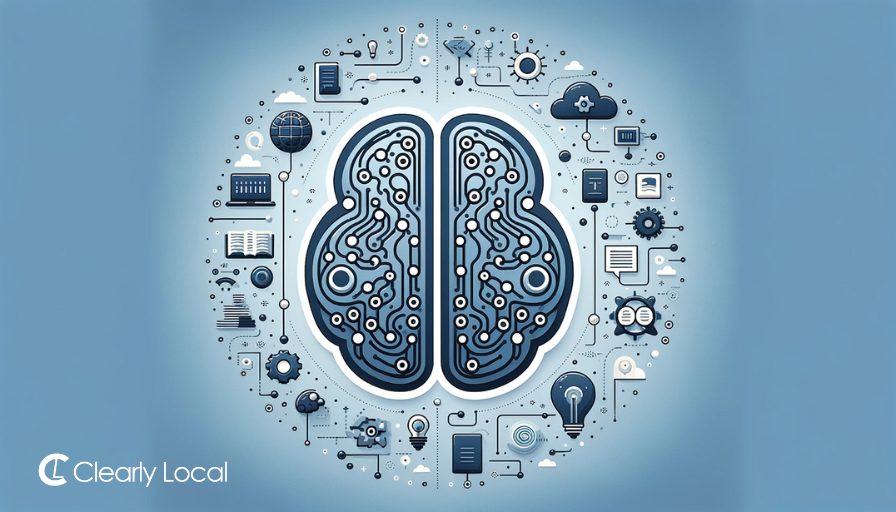
Clearly Local: Blending AI and Expertise in Localization
Building on this integration of AI and human expertise, Clearly Local’s R&D team has harnessed OpenAI’s cutting-edge technology to revolutionize our translation and content authoring services. While our AI Translation solution has limitations with low-resource languages, requiring the insight of human experts for precision, it excels in mainstream languages, offering speed and accuracy.
Our AI Authoring solution, particularly in creative content like slogans, titles, and product names, stands out for its innovative approach. With expert oversight, it taps into a vast dataset, providing numerous creative suggestions. This solution is not only limited to creative content but extends to bulk content creation, such as detailed product descriptions, showcasing its wide-ranging applicability and effectiveness.
For an in-depth understanding of how these solutions transform our service offerings, the workflows of each solution are detailed below, illustrating the synergy between AI capabilities and expert human intervention in delivering exceptional translation and content authoring services.
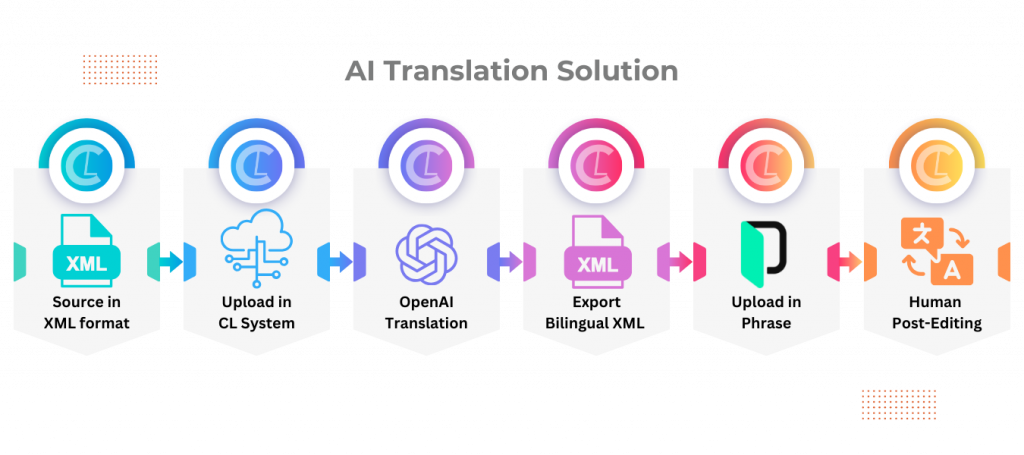
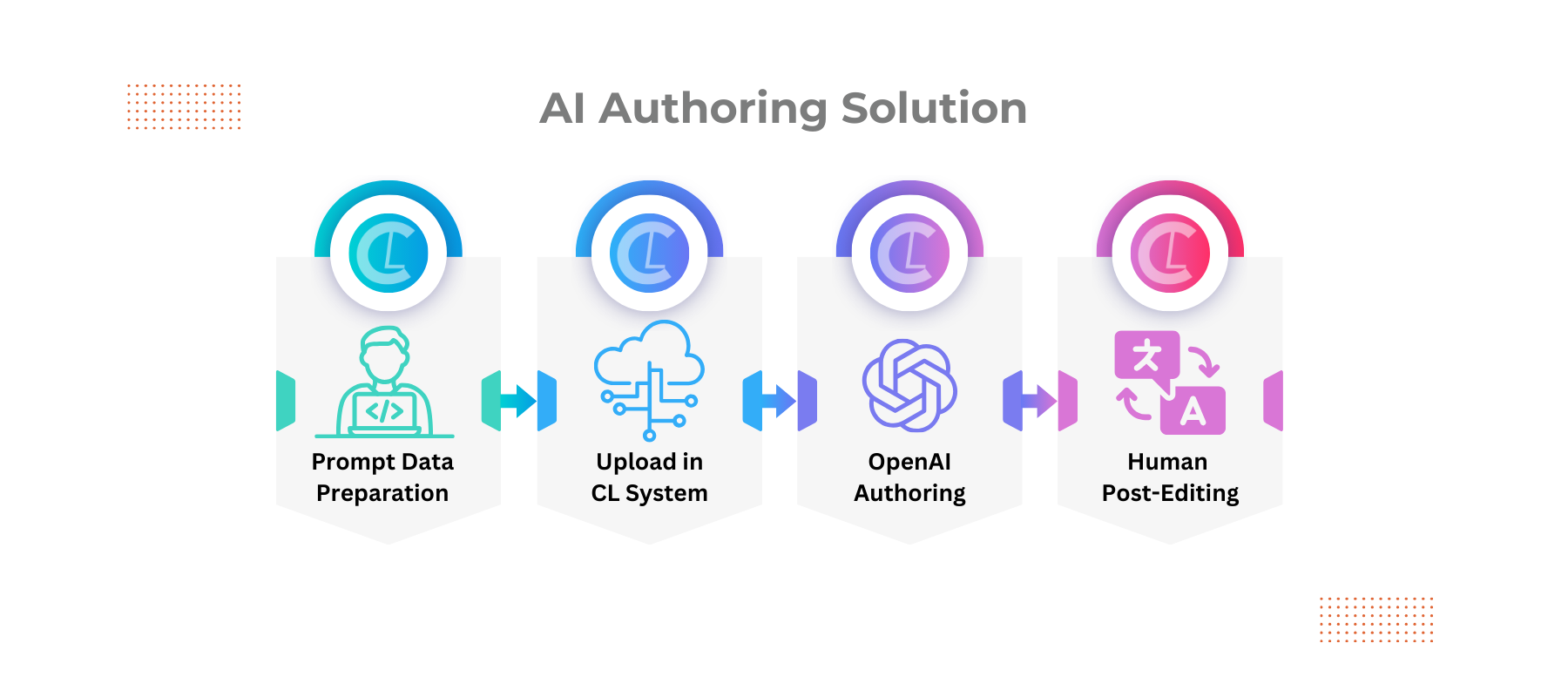
Generative AI in Creating Visual Content
AI image generation employs artificial neural networks to convert text into striking visual representations. This innovation, driven by Generative AI, skillfully combines various styles and concepts to produce contextually significant and artistically rich imagery. Natural Language Processing (NLP), which translates text prompts into numerical vectors and enables machines to comprehend and visually express human language, is central to this process.
Key technologies in AI image generation include Generative Adversarial Networks (GANs), where two neural networks — a generator and a discriminator — work in tandem to refine image authenticity. Diffusion Models mimic the diffusion process, adding and removing noise to form structured images like a chef refining a recipe. Neural Style Transfer (NST) merges one image’s content with another’s style, crafting unique visual fusions.
Notable AI image generators are DALL-E 2, Midjourney, and Stable Diffusion, each offering distinct features and applications. These tools have revolutionized various sectors, including entertainment, marketing, and medical imaging, enabling rapid, creative visualization. For instance, we created the featured image of this article using DALL-E, showcasing its ability to interpret and visualize complex concepts.
However, challenges remain, such as ensuring authenticity, avoiding bias, and addressing copyright and deepfake concerns. Despite these hurdles, AI image generation, while rapidly advancing, is unlikely to replace the refined creativity of human artists, instead serving as a complementary tool to enhance artistic expression.
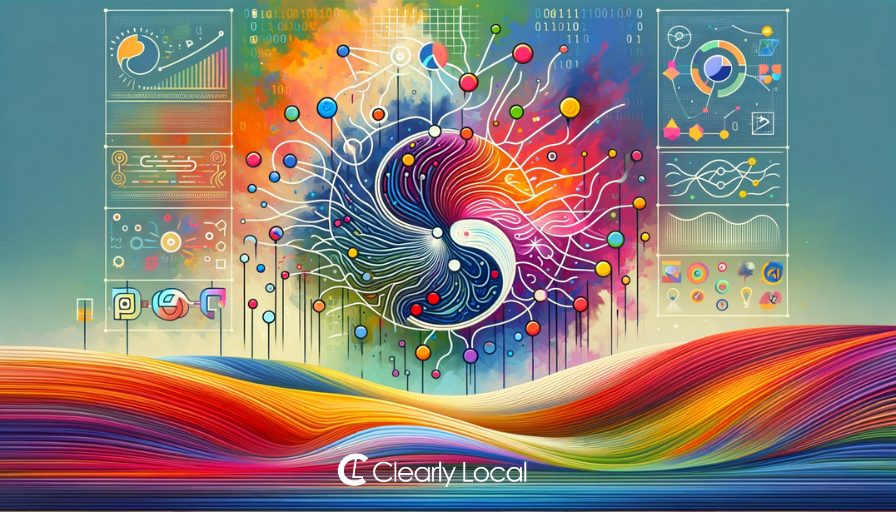
Gen AI Companies Skyrocketing the World
Less than 20 companies are making significant strides in the dynamic landscape of generative AI, each bringing unique innovations to the forefront. Cohere is revolutionizing business interactions with its advanced natural language processing AI chatbots. At the same time, AlphaSense enhances data retrieval and analysis with its intelligent search engine, assisting giants like Alphabet Inc. and Microsoft Corporation. Gong’s AI-driven approach to sales call analysis is transforming the sales industry. Anthropic, focusing on cautious AI development, offers Claude an AI assistant gaining traction for responsible AI use. Databricks, with its acquisition of MosaicML and vector search technology, is a crucial player in improving AI model accuracy. C3.ai Inc., through its enterprise search tool, is streamlining data processing in businesses, and OpenAI’s ChatGPT and Dall-E are setting benchmarks in AI-powered communication and creativity.
Baidu, Inc.’s foray into AI with its chatbot Ernie and IBM’s Watsonx.ai platform exemplifies Asia’s growing influence in AI technology. Intuit Inc. introduces Intuit Assist, an innovative generative AI software, while Advanced Micro Devices, Inc. (AMD) supports AI applications with its cutting-edge chips and processors. Alibaba Group’s focus on AI in cloud computing is evident with its Tongyi Qianwen chatbot and AI solutions on Alibaba Cloud. Adobe Inc. is blending AI with creativity through Adobe Fill and Adobe Firefly, enhancing the user experience. Meta Platforms, Inc.’s array of AI products like Llama 2 and NVIDIA Corporation’s involvement in AI technology with NVIDIA Picasso cloud service highlights the expanding scope of AI. Amazon.com, Inc.’s language models on AWS, Alphabet Inc.’s Bard, and Microsoft Corporation’s collaborative AI projects demonstrate generative AI’s expansive and evolving nature in modern technology and business realms. These companies are not just pioneering in AI technology but are reshaping the way we interact with the digital world.
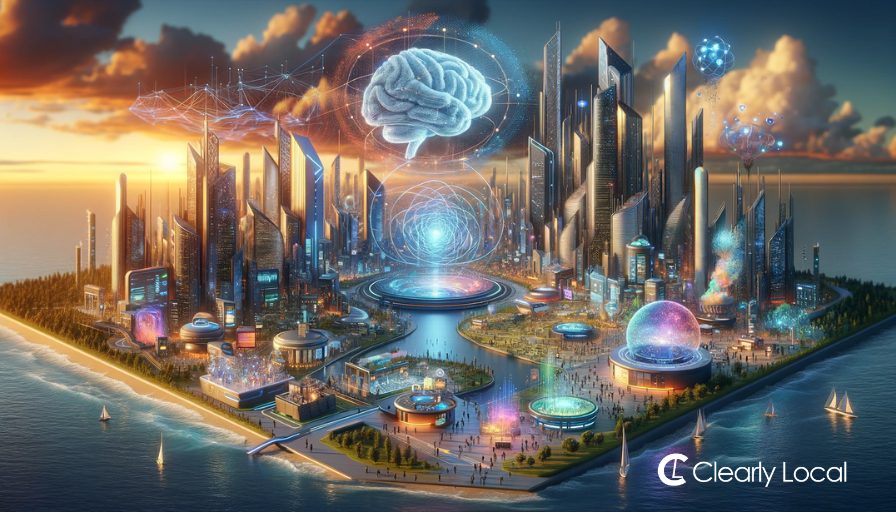
Conclusion
As we conclude, it’s clear that Generative AI is not just an emerging technology but a paradigm shift in content creation. We’ve seen how GenAI reshapes digital media, bringing remarkable natural language processing, image generation, and audio synthesis advancements. While its impact on translation and localization is transformative, the synergy between AI innovation and human expertise remains crucial. Clearly Local’s integration of AI with human insight in translation and content authoring exemplifies this balance. Moreover, AI’s role in creating visually compelling content, demonstrated through our use of DALL-E, signifies its growing influence in various sectors. This journey through the landscape of GenAI illustrates a future where AI-driven creativity complements human ingenuity, opening new avenues in global communication and digital interactivity. As GenAI continues to evolve, its potential to revolutionize industries and bridge social divides becomes increasingly evident, marking an exciting era in the intersection of technology and human creativity.
Follow us on LinkedIn.



